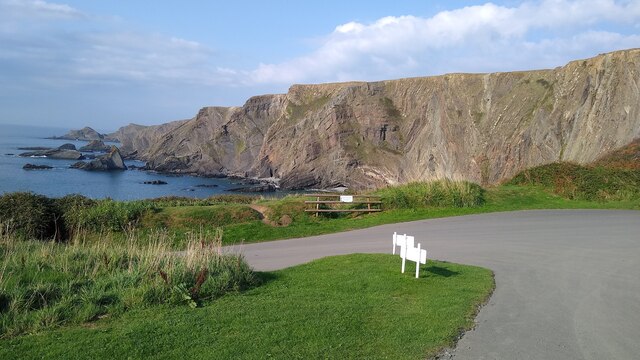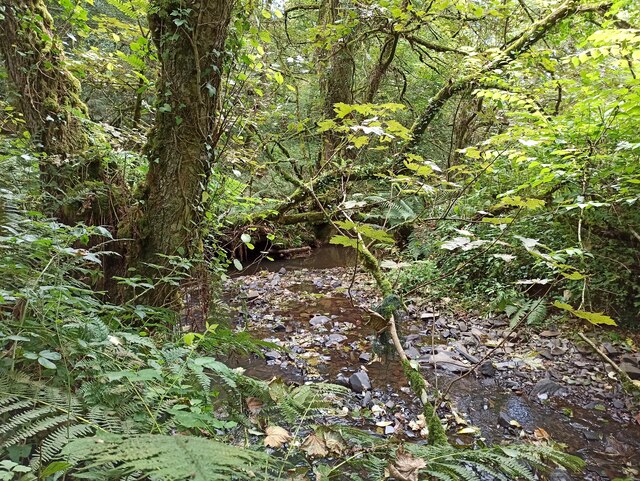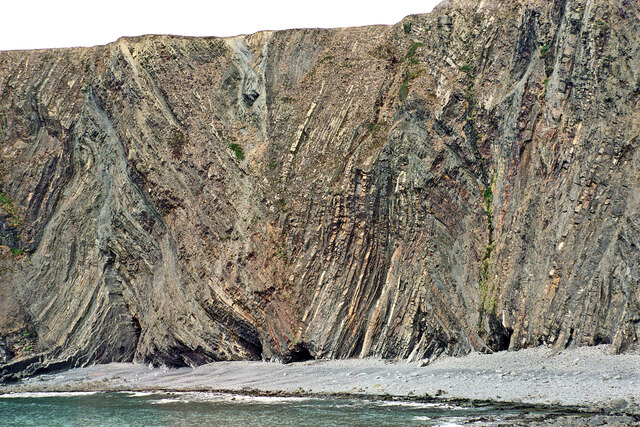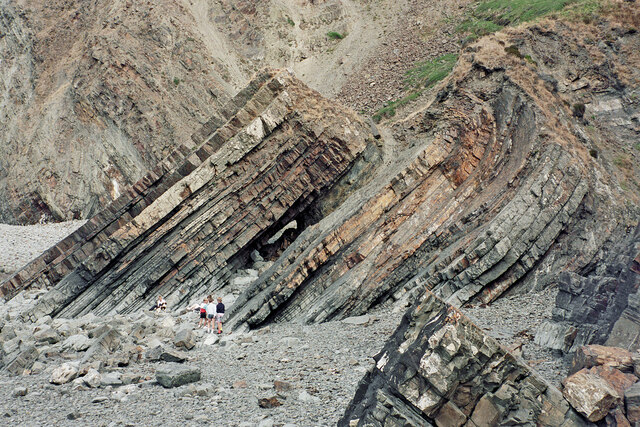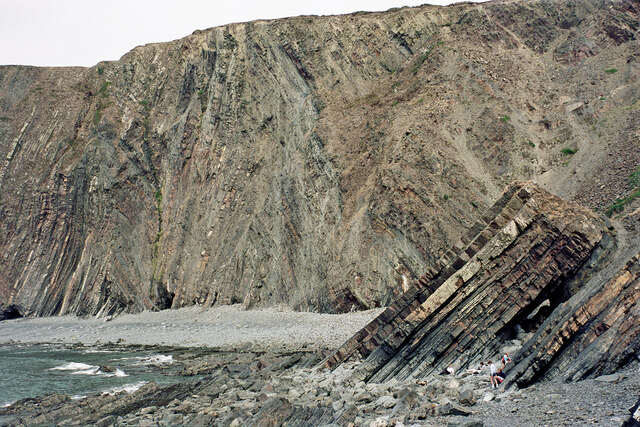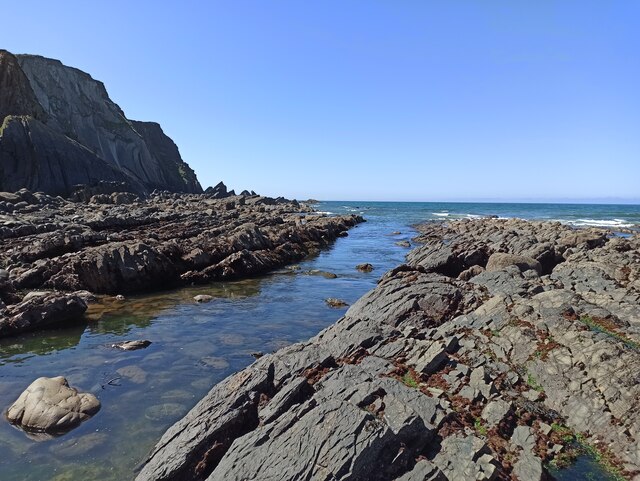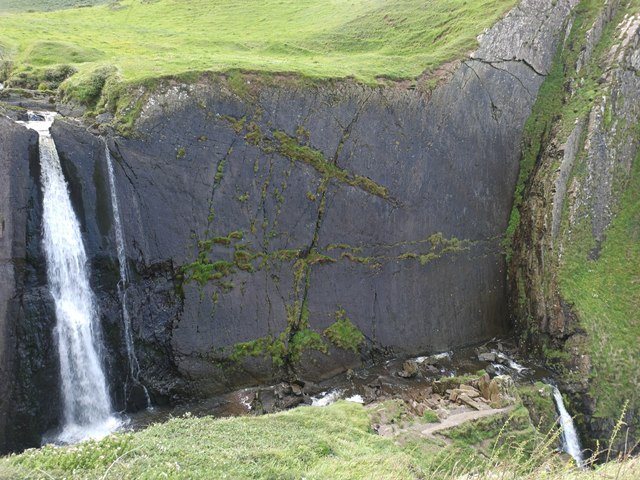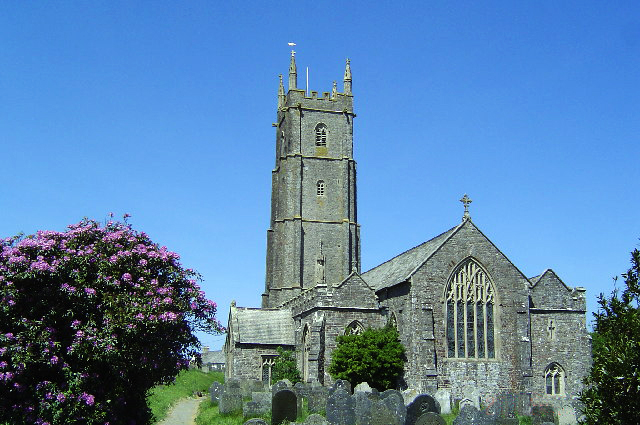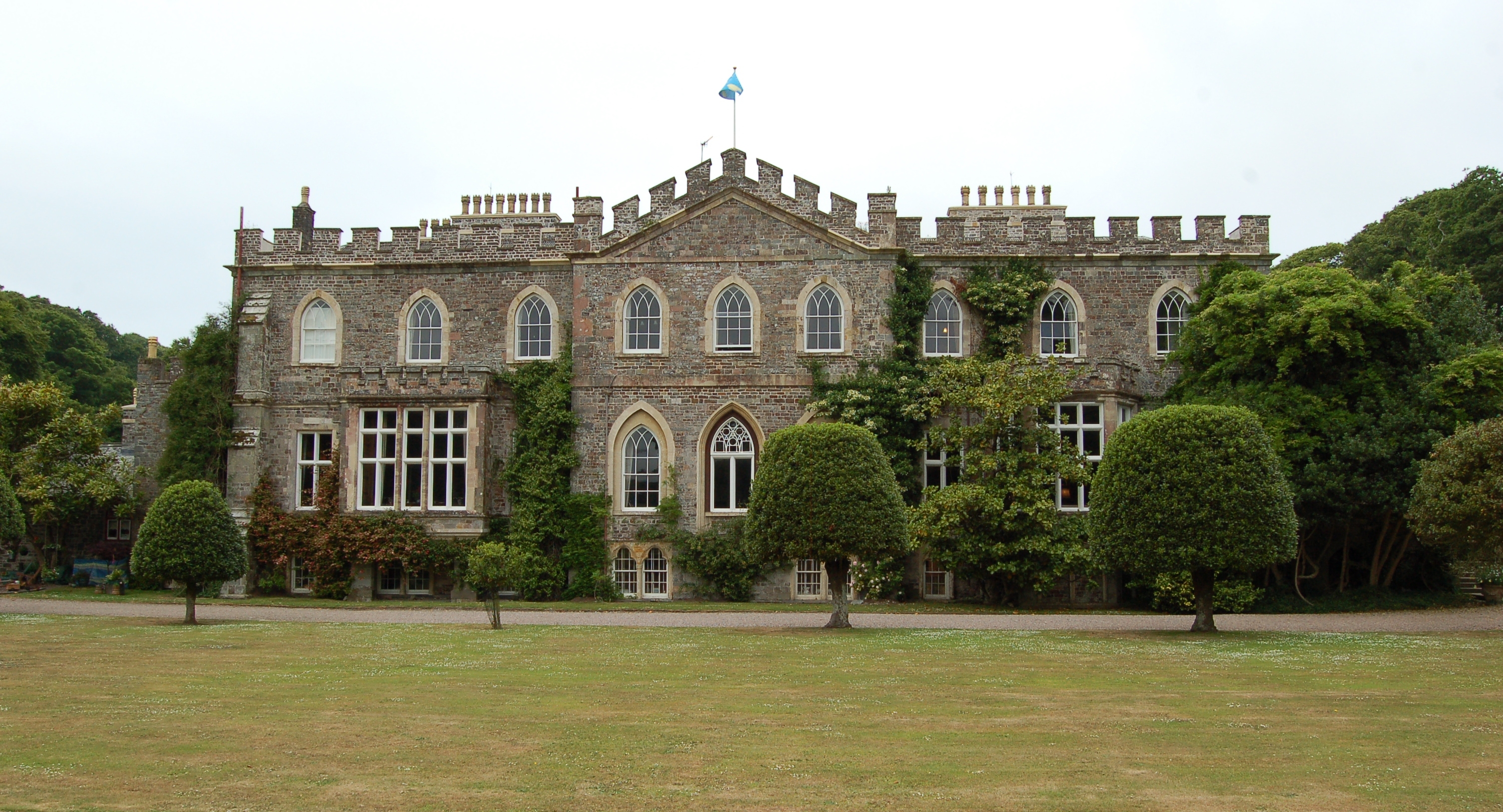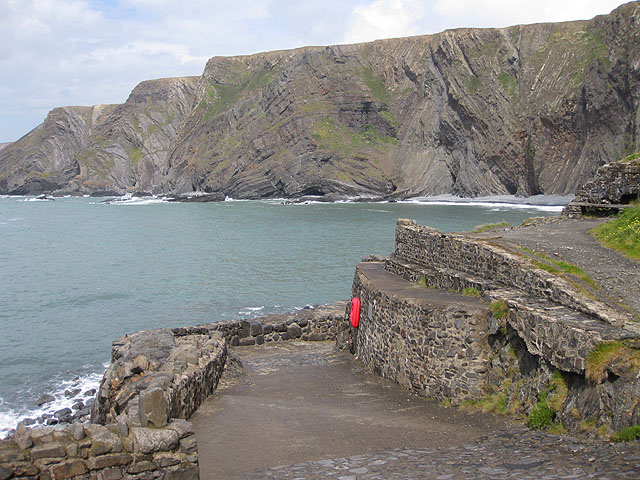Great Churchyard Plantation
Wood, Forest in Devon Torridge
England
Great Churchyard Plantation

Great Churchyard Plantation is a remarkable woodland located in the county of Devon, England. Situated in the heart of the countryside, it covers a vast area of approximately 200 acres, making it one of the largest and most significant woodlands in the region. The plantation is nestled within the picturesque landscape, surrounded by rolling hills and meandering streams.
This ancient woodland boasts a diverse range of tree species, including oak, beech, ash, and birch, which create a rich and vibrant canopy. The dense foliage provides a haven for a multitude of wildlife, with an abundance of bird species, insects, and small mammals thriving in this natural habitat.
Great Churchyard Plantation is also renowned for its historic significance. It is believed to have existed for hundreds of years, with evidence of human activity dating back to the medieval period. The woodland has witnessed a variety of uses over the years, including timber production and as a hunting ground for local landowners.
Today, the plantation serves as a popular recreational destination for nature enthusiasts and hikers. Numerous walking trails wind their way through the woodland, offering visitors the opportunity to explore the enchanting surroundings and enjoy the tranquility of nature. The plantation is also utilized for educational purposes, with schools and environmental organizations using it as a valuable resource for teaching about the importance of woodland ecosystems and conservation.
Overall, Great Churchyard Plantation stands as a testament to the natural beauty and ecological significance of Devon's woodlands. Its idyllic setting and rich biodiversity make it a cherished asset for both locals and tourists alike.
If you have any feedback on the listing, please let us know in the comments section below.
Great Churchyard Plantation Images
Images are sourced within 2km of 50.997078/-4.5202504 or Grid Reference SS2324. Thanks to Geograph Open Source API. All images are credited.

Great Churchyard Plantation is located at Grid Ref: SS2324 (Lat: 50.997078, Lng: -4.5202504)
Administrative County: Devon
District: Torridge
Police Authority: Devon and Cornwall
What 3 Words
///stealthier.ideas.workouts. Near Flexbury, Cornwall
Nearby Locations
Related Wikis
St Nectan's Church, Hartland
The Church of St Nectan is the parish church of Hartland, Devon, England. Sometimes referred to as the "Cathedral of North Devon", it is located in the...
Hartland Abbey
Hartland Abbey is a former abbey and current family home to the Stucley family. It is located in Hartland, Devon. The current owner is Sir Hugh George...
Hartland Quay
Hartland Quay is located on the Atlantic coast of Devon, England, south of Hartland Point and north of Bude, Cornwall. It experiences some of the roughest...
Embury Beacon
Embury Beacon is the site of an Iron Age promontory fort on the west of the Hartland Peninsula, north of Bude and west of Clovelly, in north Devon. The...
Nearby Amenities
Located within 500m of 50.997078,-4.5202504Have you been to Great Churchyard Plantation?
Leave your review of Great Churchyard Plantation below (or comments, questions and feedback).

